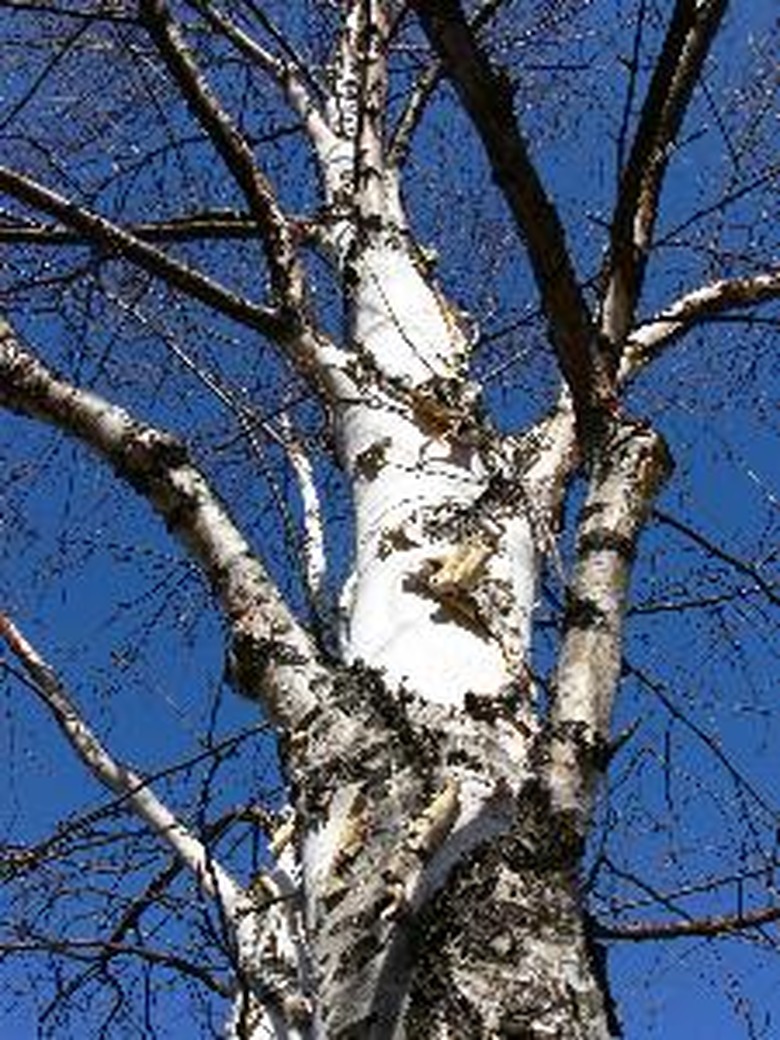When To Trim Birch Trees?
Pruning birch trees encourages new growth and prevents disease and bug infestations from spreading into the trunk and other branches. Avoid placing birch trees near power lines or other high-charge wires. Birch trees gain substantial height over several years of growth, and power lines may become a hazard.
Pruning birch trees encourages new growth and prevents disease and bug infestations from spreading into the trunk and other branches. Avoid placing birch trees near power lines or other high-charge wires. Birch trees gain substantial height over several years of growth, and power lines may become a hazard. Plant birch trees in acidic soil. White birch trees are not as demanding about the soil content, though acidic soil helps encourage the tree to thrive.
Pruning Season
Remove limbs from your birch tree in the late spring or early summer. Birch trees produce sap during the early spring months. Avoid pruning in the early spring to prevent bleeding. The sap bleeding is not typically harmful to the tree, but pruning is best done after the sap production has stopped.
- Pruning birch trees encourages new growth and prevents disease and bug infestations from spreading into the trunk and other branches.
- The sap bleeding is not typically harmful to the tree, but pruning is best done after the sap production has stopped.
Removing Branches
Prune your birch tree every year to keep it healthy and growing at an optimal rate. Remove any diseased, damaged or bug-infested branches first, cutting them at the tree trunk. Cut the branch evenly, leaving no remnants of the branch. Cut branches that are becoming problematic, obstructing views or light flow. Do not remove more than one-quarter of the total branches and growth on the tree.
After Care
Seal exposed wood from fresh cuts using a sealant with a latex base. Leaving exposed wood untreated may make the tree a target for insects to bore a nest or settle under the bark layer. Insect exposure may create a new infestation and potentially risk the life of the tree. Select a sealant from a home goods store or nursery to ensure that it will not damage the tree.
- Prune your birch tree every year to keep it healthy and growing at an optimal rate.
- Remove any diseased, damaged or bug-infested branches first, cutting them at the tree trunk.
Possible Pest Infestations
Birch trees are susceptible to infestations from several insects. The bronze birch borer settles into the tree and can disrupt the sap flow. Aphids are drawn to the sap on birch trees, and aphid infestations can cause the tree to twist and yellow as the sap is harvested. Left uncontrolled, aphids will cause a birch tree to die. Work with a pest-control specialist or arborist to treat and prevent these infestations to maintain a healthy birch tree.
